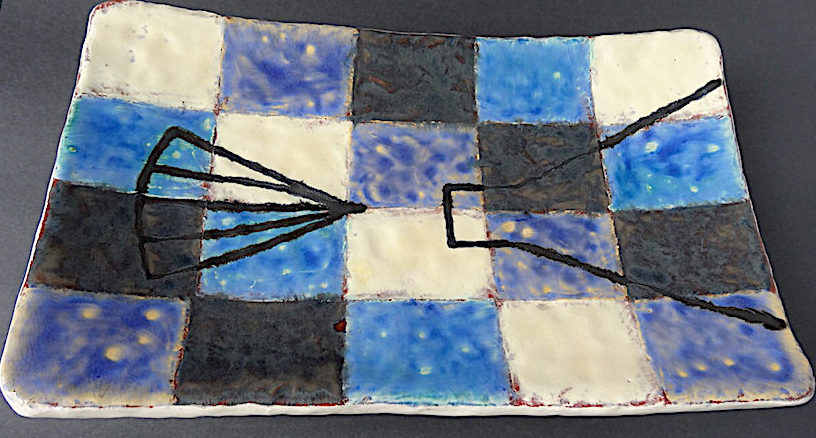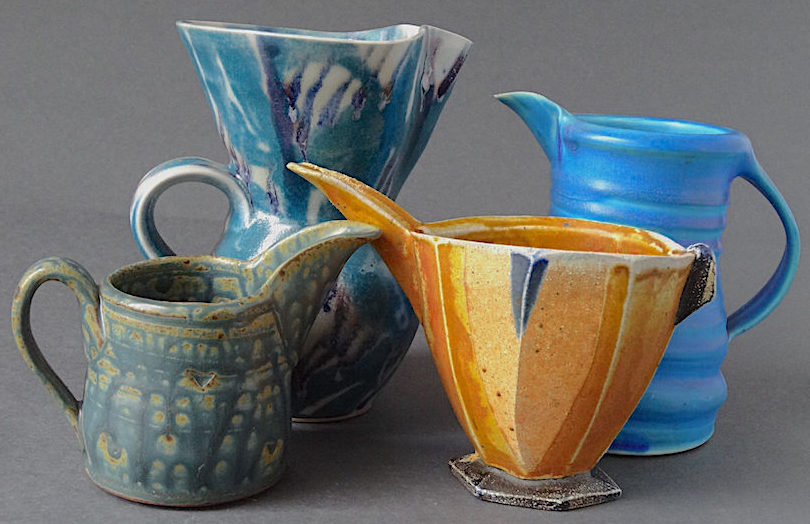
Taking time to make a meal is a choice. Plenty of options exist, like prepared foods, take-0ut and delivery, yet I choose to cook when I am able. Cooking and sharing meals is a way to express care and connect with others. Buying handmade pottery is also a choice, and one I do whenever possible. Using pots made by hand reminds me to slow down and appreciate what I am eating or drinking and makes a meal feel more celebratory. Those pieces feed a hunger for the handmade, for intimacy and for beauty.
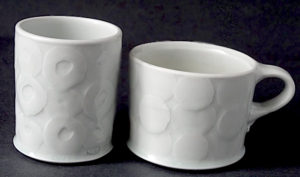
I love to sip my morning coffee from a hand-crafted mug that feels just right in my hand, put flowers on the table in a graceful vase or serve a salad in a generous wheel-thrown bowl. There is something personal about using handmade dinnerware that makes food look important and feel special. After all, it was made by hand by a person! Sure, there are loads of beautiful objects that are industrially produced. Some of the bowls I use every day come from Ikea and our oval, factory made, diner-style plates are from the Bowery Restaurant Supply. It is the handmade pieces we use, however, which make a meal, or even a cup of tea, seem significant.
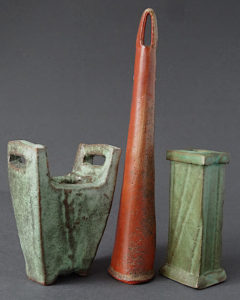
At least in Manhattan, handcrafted pots are rarely available to buy retail anymore except at seasonal craft fairs or studio holiday sales. We used to have lots of small shops and galleries where you could buy handmade pieces but they are mostly gone, probably due to rising rent. When you can find them, in upscale shops or museum stores, the pots are usually at the highest price points of the artisanry market. Fortunately, we have been able to find places selling ceramics when we travel, having had luck in cities from Chattanooga to Copenhagen.( I will compile a list of outlets and post it soon – please share any sources you know). Some of our favorite travel keepsakes are handmade pots. For example, my husband bought a lovely hand painted porcelain tumbler in Montana last summer (I think it was $60). Every time he uses it, and that is daily for almost a year, he enjoys its beauty while it reminds him of what a good time he had on that trip.
Part of the problem may be cost. Have we become so used to discounted prices for cheap, imported manufactured goods that we balk at buying a handmade cup for $40 (but spend $4 or more on a cup of coffee regularly)? Are we happy to go out for a pricey brunch but are offended at the cost of an artist-made cereal bowl? Or purchase expensive, factory-made sets of china but think it outlandish to spend the same money on handmade dinner plates? Studio rents in places like New York skyrocketed years ago so artists have had to move further afield while trying to make a living selling their work. The balance to the high cost of a unique piece is the satisfaction and repeated pleasure in its use.
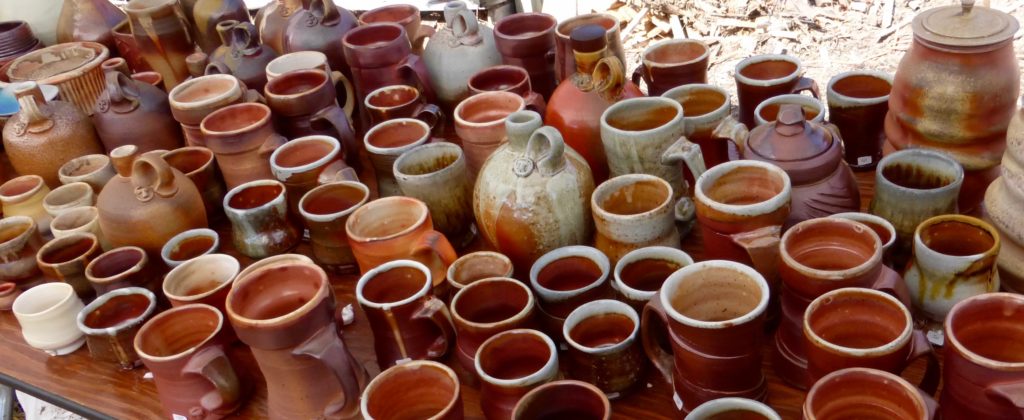
The good news is that there are still lots of working potters out there and many have websites through which to buy their work. Prices vary widely as do colors, techniques and styles so there are lots of pots from which to choose. In A Good Dish, I will routinely highlight the work of interesting potters and how to get in touch with them to buy their work, a resource for you not only when you need a simple recipe for dinner but when you want to buy handmade pottery to use or to give as a gift.
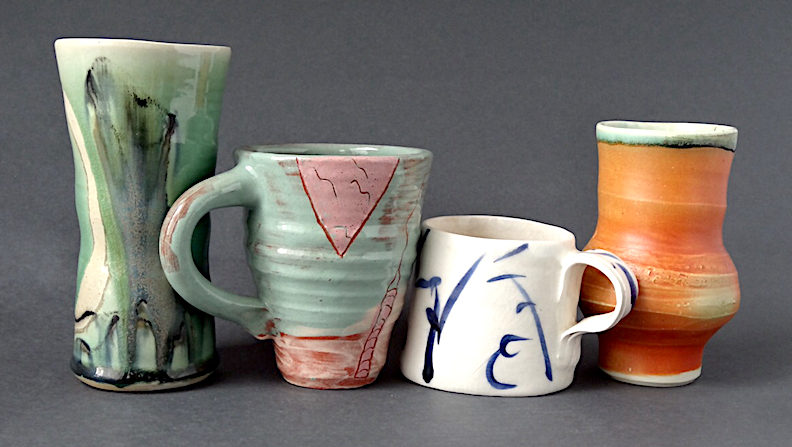
Because I have been a potter for decades, I have lots of pots – both my own and those of other potters that I have collected over the years – and I use them often and will use them here, whenever possible, to plate the recipes I post. In this way, you can glimpse the wonderful wares of potters from all over the country and from other countries. When a pot in a photo is uncredited, the piece is probably historic, mine, unsigned or commercial.
If you are only using IKEA plates or mass produced dishes, as beautiful and practical as they might be, I encourage you to incorporate some handmade pieces into your daily routines – a coffee mug or teacup is an easy place to start. You might be surprised at how much more you will enjoy what you are eating or drinking.
